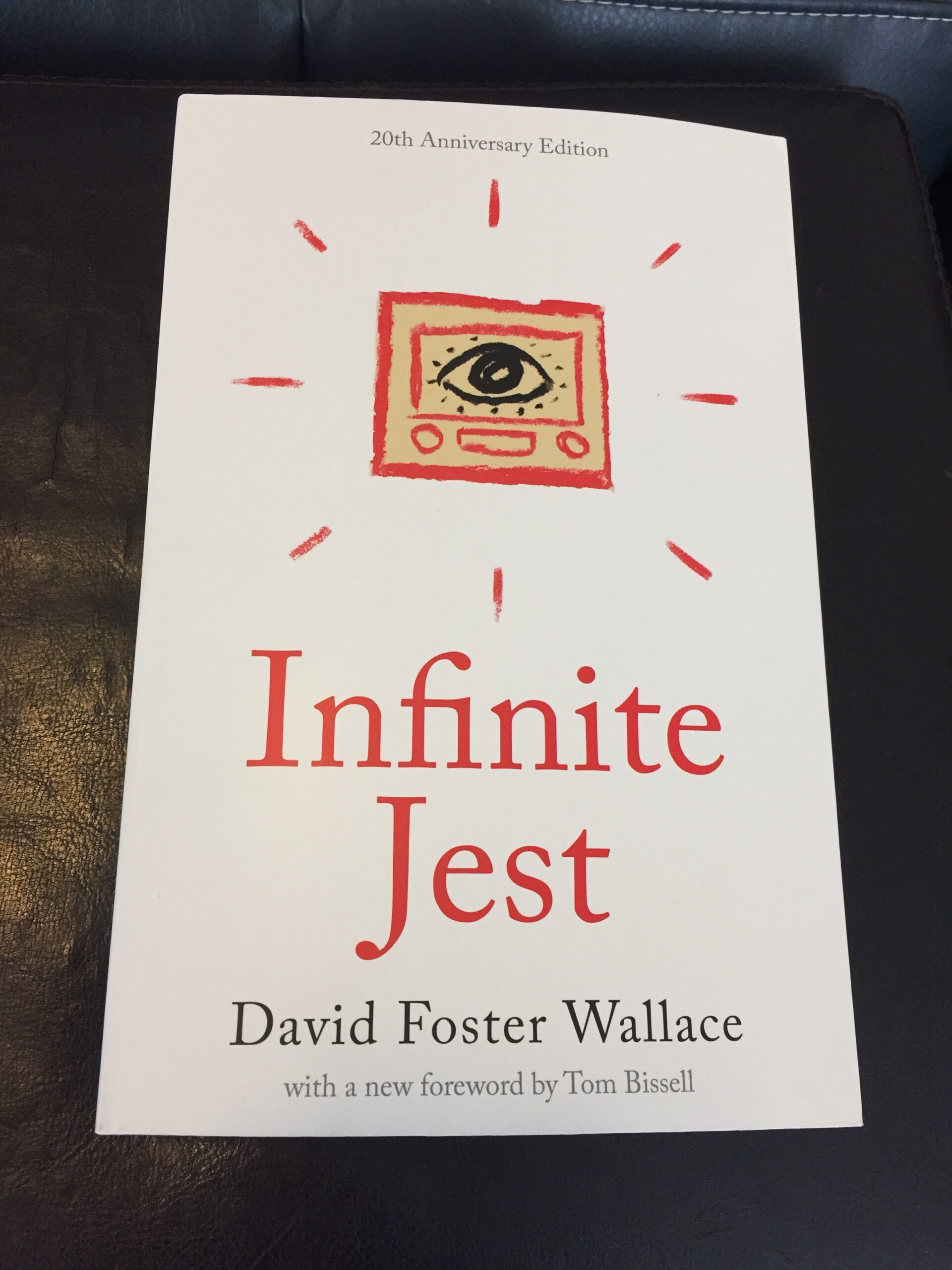Introduction: The Allure of Infinite Jest
“Infinite Jest,” David Foster Wallace’s magnum opus, is a labyrinthine narrative that has intrigued and vexed readers since its publication in 1996. The novel is often hailed as a modern literary achievement, yet it is equally notorious for its complexity and the challenge it poses to the average reader. At first glance, one might wonder: why are people so captivated by a book that requires such extensive time and mental acrobatics? This review seeks to unravel the allure of “Infinite Jest,” exploring the texture of its themes and the underlying reasons for its fascination among literary aficionados.
The Surface: Narrative Complexity and Structure
To engage with “Infinite Jest” is to dive headfirst into a narrative that eschews traditional linear storytelling. The novel unfolds within a sprawling, disjointed framework, marked by elaborate footnotes and interwoven subplots. At its core, “Infinite Jest” tells the story of the Incandenza family, particularly focusing on Hal Incandenza, a tennis prodigy grappling with the expectations of genius and substance abuse. The narrative also encompasses a range of characters, each intricately drawn, from the residents of a drug recovery center to the denizens of an elite tennis academy.
Some readers may initially recoil at the disorientation that this structure engenders. However, this very complexity serves a purpose—reflecting the postmodern condition of fragmentation and the overstimulation of contemporary life. Wallace crafts a disunified narrative experience that compels readers to navigate through a multitude of voices, themes, and perspectives. This disorientation is not merely for show; it mirrors the chaos of the world in which we live, a reflection that resonates deeply with those grappling with the paradoxes of modern existence.
Thematic Depth: Addiction and Entertainment
Central to “Infinite Jest” is the exploration of addiction—in its myriad forms. Wallace examines not merely substance dependence but the addiction to entertainment itself. The titular film, “Infinite Jest,” is a work so captivating that it renders its viewers catatonic, highlighting our culture’s insatiable hunger for distraction. The novel posits a grave inquiry: how far are we willing to go to seek pleasure? Through the lens of addiction, “Infinite Jest” invites profound self-reflection. Readers may find themselves examining their own dependencies, whether overt or subtle, and scrutinizing the societal structures that perpetuate such behaviors. This infiltration of contemporary concerns into the text is what makes Wallace’s work persistently relevant.
Deeper Engagement: The Pursuit of Meaning
Another compelling allure of “Infinite Jest” lies in its philosophical inquiries—most notably, the search for meaning in a seemingly indifferent universe. Characters in the novel often oscillate between nihilism and hope, mirroring the human struggle to find purpose amidst chaos. Wallace invites readers to ponder the existential dilemmas that linger beneath the surface of our daily lives: the search for authentic connections, the fear of monotony, and the quest for a fulfilling existence.
This philosophical underpinning fosters a deeper engagement with the text, drawing the reader into a contemplation of their own existence. Are we merely consumers of entertainment, or are we seekers of something more substantial? Wallace’s astute observations tease out the profundities of modern life, prompting readers to confront their own beliefs and attitudes, thereby making each reading a unique journey of self-discovery.
The Characters: Reflections of Society
The characters populating “Infinite Jest” are more than just individuals; they are composites of societal archetypes, representing various facets of contemporary culture. Hal Incandenza’s struggle with his identity serves as a microcosm of the pressures placed upon high-achieving individuals in an era of relentless competition. Meanwhile, the residents of Ennet House, a recovery center, embody the stark realities of addiction, recovery, and the associated social stigma.
Each character’s story is imbued with pathos, revealing the vulnerabilities that underlie their façades. Wallace’s deft characterizations compel readers to empathize with their struggles, inviting us to reflect on our own flaws and desires. This emotional engagement fosters a deeper connection with the narrative, amplifying the novel’s themes and ensuring its resonance across generations.
The Cultural Commentary: A Mirror to Our Lives
Beyond individual characters and their personal struggles, “Infinite Jest” functions as astute social commentary, offering critical reflections on the zeitgeist of the late 20th century. Themes such as consumerism, media saturation, and the quest for authenticity proliferate throughout the text, providing a panoramic view of the societal landscape. In many ways, Wallace serves as a cultural seer, dissecting the fabric of our lives with a scalpel of humor and poignancy.
This contextual insight into the era invites readers to evaluate their relationship with contemporary culture critically. By implicating the reader in these societal failings, Wallace prompts us to consider our role in the currents of consumerism and entertainment. In turn, the novel engenders a sense of urgency to confront these persistent issues—not merely as critiques but as challenges to our collective conscience.
Conclusion: The Enduring Fascination with Infinite Jest
The enduring fascination with “Infinite Jest” lies not solely in its narrative complexity or its expansive themes. Instead, it resides in its capacity to provoke thought and spark introspection. Wallace’s magnum opus invites readers to echo the questions it raises, ultimately challenging us to confront our relationships with addiction, entertainment, and existential purpose. In this way, “Infinite Jest” transcends the boundaries of literature, offering not just a reading experience but a multifaceted exploration of what it means to be human in an increasingly chaotic world. Its legacy is palpable, ensuring that this remarkable text continues to captivate and inspire those willing to brave its depths.
